I have eight more book reviews for you today. My total word count for this post is pushing 4,000 so I’ll keep this introduction short and get straight into the reviews!
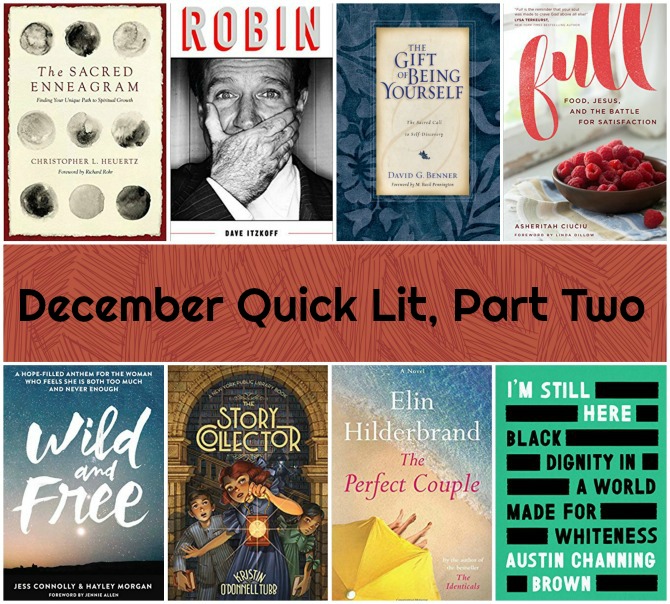
The Gift of Being Yourself: The Sacred Call to Self Discovery, by David G. Benner: In 2011, Luke and I participated in a Spiritual Formation class that forever changed the ways I view God and my spiritual life. In the years since, I’ve often wished I could retake that course. I was in a very unhealthy place in life at the time (spiritually, mentally, emotionally, and physically—basically I was a mess) and though I see now how God used that course to help set me on a healthier path, I know that it would be an entirely different—and much more enlightening—experience were I to take it again today. Unfortunately, that’s no longer an option. However, I still have the materials from that course and have been working through them on my own. This book was one of our reading assignments, and I was eager to revisit it.
This book from psychologist and spiritual director David G. Benner begins with the premise that we cannot fully know God without a deep knowledge of ourselves; this self knowledge allows us to live out His divine purposes for us. However, self-knowledge that is pursued apart from our relationship to God is unhelpful and even harmful; quest for authenticity and self knowledge must begin with a quest to know Christ and become more like him. We must spend more time looking at God than at ourselves, and as we grow to know who we are as His children, we become anchored in his love and are equipped to surrender our identity to Him.
This is a short book, but it is not a quick read. The concepts are challenging and demand to be read again and again—yet they are profound and truly life-changing. Benner walks readers through steps we can take to know God—really know Him—and how to know ourselves, then compassionately guides readers through the painful but crucial process of becoming our true selves in Christ. The book is highly conceptual, but example stories and descriptions of specific practices keep it from becoming too heady.
It was interesting to reread my old copy and note my earlier highlights; my previous notes were sparse, whereas I highlighted at least a third of the book in this read-through—which means I either gleaned much more with this read or have grown more liberal with the highlighter in my old age (probably a mix of both). Many of these concepts were new to me the first time that I read them; in the seven years since, they have become so embedded in my belief system, I’d nearly forgotten the original source of these ideas. As I’ve progressed on my spiritual journey, gazing more upon God and allowing that to inform my identity, this knowledge has moved from my head into my heart. One huge discovery was Benner’s discussion of the Enneagram, which I have no recollection of learning about until at least four years after reading this. It’s fascinating to think about how ideas can cycle back to us even when we don’t fully grasp them the first time.
This book was well worth the reread; though no longer new material, it was helpful to have the concepts driven home and to approach them from a new, healthier perspective. I’d like to revisit it every couple of years going forward. It made a fantastic follow-up to The Furious Longing of God (which I reviewed Monday), and I wish I had read it right before picking up The Sacred Enneagram (reviewed later in this post)—the three books would make an excellent book flight! I would highly HIGHLY recommend this to anyone interested in the intersection between psychology and spirituality, and those seeking to understand how to bring secular concepts of ego, authenticity, and identity into the realm of sacred healing.
My Rating: 5 stars.
I’m Still Here: Black Dignity in a World Made for Whiteness, by Austin Channing Brown: I’ve been making a concerted effort to incorporate more diverse voices and perspectives into my life and specifically into my reading this year. One individual who has popped up repeatedly in my quest to learn more is Austin Channing Brown, and after hearing her share her perspective on a number of podcasts, I was excited to read her book.
In I’m Still Here, Brown recounts what it was like growing up Black in America. She shares instances of explicit and subliminal racism, and describes the hurdles she’s had to cross to be taken seriously by white individuals and within white institutions. Brown highlights the shortcomings in our (white people’s) attempts at racial reconciliation, she shows how well-meaning efforts have only fueled the fire of racial hostility, and she shares her frustrations with white fragility and “nice white people.”
I appreciate Brown’s perspective and acknowledge that racism is a massive problem in America. It is a sin of which nearly all of us (us meaning white people) are guilty, and it needs to be addressed. Hearing from black individuals like Austin Channing Brown who courageously share their wounds is the first step in bridging the racial divide.
That said. . . I had an extremely hard time with this book. It reads like a (less stylized) female-authored version of Ta-Nehisi Coates’ Between the World and Me, and my issues with it are similar to the problems I had with that book. It appears as though Brown’s only goal in writing is to present a problem (which is valid), without offering any solutions (a little less valid). In chapters about how white people are exhausting, insensitive, and myopic, she preemptively derails any attempts of white people to make amends. She argues that efforts at improvement have fallen short, and she’s right, but I think it’s unfair to discredit the fact that progress has been made. No, we shouldn’t rest on our laurels, but there’s value in celebrating movement in the right direction, however small. I obviously am not Black and cannot imagine the hardship Brown has faced, working to make a place in white society, but I struggle to empathize with authors who embrace a victim mentality while demonizing the very people who hope to make things right.
Throughout the book I felt as though Brown was attributing all of her problems and hardships to the color of her skin; this was hard for me to accept, given that I’ve faced similar hardships despite my being white. It was also difficult for me to understand her finding so much identity in the color of her skin—more than her identity as a follower of Christ. There are references to God and the Church, but I was expecting these themes to be woven throughout the book, and not relegated to small sections of it. As a fellow Christian, I wanted to find common ground with the author but felt as though she was doing everything she could to distance herself from me and other white readers.
I realize that my opinion of this book will not be popular. I can only imagine the harsh words Austin Channing Brown would have for my interpretation of her work. I also recognize that I could be wrong on this issue; I have made a lot of headway in the last couple of years towards recognizing the validity of issues such as the Black Lives Matter, and it’s possible that as I learn more I will have a change of heart regarding this book and the ideas it presents. However, at this point in my journey I found its pessimistic tone and degradation of white people demoralizing and ineffective.
My Rating: 3 stars.
Full: Food, Jesus, and the Battle for Satisfaction, by Asheritah Ciuciu: Our society’s food issues are out of control. On one side of the spectrum, we are facing an obesity epidemic. We have entire channels, books, magazines, and Instagram feeds dedicated to food porn, chefs are celebrities, and we design our vacations around trending restaurants. At the other extreme, we are increasingly obsessed with healthy eating and chiseled bodies; dieting is a billion dollar industry, and it’s nearly impossible to share a meal with a group of people because of so many conflicting food preferences and aversions. Food is an issue that affects everyone, yet it’s a subject that’s been largely unaddressed by the church.
Asheritah Ciuciu experienced the food battle firsthand. After acknowledging her own issues with compulsive overeating, she changed course and found herself veering toward eating disorder territory. She realized that she needed to place her relationship with food in God’s hands. In this book, she paves the path toward food freedom by showing readers how she learned to find full satisfaction in Christ instead of food. She helps readers identify our own food fixations, outlines steps for awakening a desire for God, and explores ways that we can maintain a healthy relationship with food while living in a food-centric culture.
I had very mixed feelings about this book. I agree with Ciuciu that food is a problem for many (most?) of us, and that it is an issue that can only be fully healed with the Lord’s help. I appreciate her acknowledgment of this complex issue, as few recognize food fixation as a sin problem, let alone one that can be addressed and can ultimately lead to a deeper relationship with God. Her specific, Bible-based suggestions for turning to God instead of food are excellent.
That said, I had a hard time with some of the more diet-centric language and tips. At the outset, Ciuciu tells readers that this is NOT a diet book, yet she offers countless suggestions for how to lose weight and decrease food intake. Ciuciu is attempting to walk the fine line between mindful eating and obsessive dieting, and I don’t know that she succeeded. Her use of terms such as “food addiction” imply that food is the enemy and needs to be mastered, and though she speaks of food as a gift from God, the rest of the book does little to back up this assertion.
I recognize that as someone who has struggled with disordered eating for most of my life (and with a full-fledged eating disorder for many of those years), I might not be this book’s target audience. Ciuciu does address anorexia, but her knowledge in this area is limited, and her tips are tantamount to telling someone with a shattered femur to “just pray for the leg to heal”: prayer might be a good idea, and God very well could bring about complete healing, but additional measures will likely be needed; for someone like me who has had significant struggles with food to the point of medical complications, Ciuciu’s attitudes felt dismissive and her approach, while helpful, is not nearly as comprehensive as the book’s title and premise suggests. For some (such as those of us who struggle with restrictive eating), her advice may do more harm than good.
My Rating: 3.5 stars.
Wild and Free: A Hope-Filled Anthem for the Woman Who Feels She is Both Too Much and Never Enough, by Jess Connolly & Hayley Morgan: This book is co-written by Jess Connolly and Hayley Morgan, two Christian leaders I’m just getting to know, and whose perspectives I’m loving. In Wild and Free, they set out to answer the question: If God is wild and free and he created women, what does this mean for us today? In call-and-response chapters alternating between the two authors, Jess and Hayley navigate the tensions many women feel around either being “too much” or “not enough.” With their differing personalities and backgrounds, they are able to offer insights on all sides of these issues as they invite women into freedom from cultural restraints and freedom to step into God’s wild calling for our lives.
I related to so much in this book. I personally waiver between feeling “too wild” and not wild enough: I see the ways I have grown too tame and where I am not embracing freedom in Christ, AND I recognize where I stray outside of God’s will for my life. I was encouraged and challenged as Jess and Hayley preached the Gospel over my insecurities and misaligned heart. I enjoyed Jess and Hayley’s personal stories, appreciated their vulnerability, and loved seeing how Scripture spoke to them in their unique struggles. Their thoughts on encouraging other women and helping them navigate their own journeys (while also letting other women speak into our lives) were a high point of the book.
I think I would have enjoyed this one even more if I hadn’t read several similar ones this year. While their ideas are valid and useful, they aren’t entirely unique. There’s quite a bit of repetition, Christian-ese, and ambiguous metaphors that didn’t always ring authentic. And although it was helpful to hear from two individuals in this book, the back-and-forth sometimes confused me (I mixed up their stories quite a bit); this might have been less of a problem if I’d read the book rather than listened, or if the authors narrated the book themselves (they didn’t). I can imagine this book would be very useful and enlightening for women who are just beginning to acknowledge their place in God’s Kingdom and who are learning to discern their God-given voice.
My Rating: 3.5 stars.
The Sacred Enneagram: Finding Your Unique Path to Spiritual Growth, by Christopher Heuertz: Christopher Heuertz is one of the leading experts on the Enneagram, and after hearing his insightful explanations of the model on a number of podcasts, I couldn’t wait to get my hands on this book.
This is unlike any of the other Enneagram books I’ve read (and by now I’ve read quite a few of them). Heuertz doesn’t just give us descriptions of the 9 profile types. Instead, he begins with a discussion of identity: who are we, really, beyond who society has conditioned us to be, or even beyond the caricature of our Enneagram number? What are the wounds (or perceived wounds) we have endured and how has that redirected our path? And how can we get back on track?
Only after exploring these core issues does Heuertz introduce the Enneagram, giving a broad history of the model and then digging into the nitty-gritty aspects such as wings and paths of integration and disintegration. It isn’t until the second half of the book that he offers explanations of the nine types, and even then he doesn’t dwell in type descriptions, but spends more time exploring the various triads and how the types flow in and out of each other. His explanation of the Enneagram was much more fluid and dynamic than than the descriptions I’ve seen from other teachers, and I loved this. Heuertz does away with stereotypes and encourages readers to do the same; he reminds us that the types are not static and he outlines opportunities for spiritual and emotional growth for every person.
The final third of the book focuses on helping readers find their unique path for spiritual growth. He teaches readers about contemplative prayer and offers specific prayer practices for each number.
I loved that this book went beyond the what of the Enneagram to explore the why (why we are the way we are, why the Enneagram works the way it does) and the how (how to work with our unique strengths and limitations as we embrace our identity and grow closer to God). This is less of a personality book and more of a specialized spiritual guide. Heuertz’s pastoral approach is both compassionate and instructive. Heuertz writes from a place of authority, yet he is gentle with his readers and understanding of the hurdles we may be facing as we embark on our own spiritual journeys.
If you are not well-versed in the Enneagram, please do not start with this book! It is not written at an introductory level and will likely leave you confused. However, if you (like me) have spent a lot of time with the model and are looking for a deep dive, you’ll love this. And if you are having difficulty determining your type, the mistyping chart at the end of the book is fantastic, and helped me understand some of the nuances within the types and why they can mimic each other.
My Rating: 4.5 stars.
The Perfect Couple, by Elin Hilderbrand: It’s summer in Nantucket, and friends and family have gathered on the island for the wedding of Celeste and Benji. From the outside, they seem to be the perfect couple: she’s a zoologist with a humble background and a big heart, he comes from a wealthy family and is smitten with his soon-to-be bride. Other seemingly perfect couples present for the big occasion include: Celeste’s parents, soul mates who have been together for years and whose love is as strong as ever even as they navigate Celeste’s mother’s terminal cancer diagnosis; Benji’s brother and sister-in-law, who are expecting their first child; and Benji’s parents, whose money and fame evoke envy and admiration from all of their acquaintances. The happy weekend sours when a body is discovered in Nantucket Harbor just hours before the wedding is to take place. As the investigation unfolds, and as we flash back to the events leading up to the wedding, we become privy to the skeletons hiding in each couple’s closets. All is not perfect in paradise.
I haven’t had much luck with Elin Hildebrand in the past; her characters are a little over-the-top for me, and her stories have been too fluffy for my taste. The premise of this book intrigued me, though, and I’m glad I picked it up—it was by far my favorite from her. The characters are still a bit much, but their exaggerated backstories and eccentric names helped me to keep the many characters and storylines straight, and definitely held my attention.
The mystery at the center of the novel serves to maintain the narrative drive, and while this is mostly a plot- and character-driven novel, the themes are more prominent and poignant than I recall from Hildebrand’s other books. The Perfect Couple explores the nature of true and lasting love, the abuse of power and privilege, the tendency towards false assumptions, and the havoc wrecked by pride and deceit. Most of the characters are unlikable, but there are a few that I felt comfortable rooting for. And I found the ending to be both believable and satisfying. I placed my library hold back in the summer, and this would have worked better as a beach read, but I still enjoyed it later in the year.
My Rating: 4 stars.
Robin, by Dave Itzkoff: Like many from my generation, my introduction to Robin Williams was through The Genie in Aladdin. He was superb in that role, and in subsequent years I grew to know more than just his voice through his appearances in other childhood favorites, such as Hook and Flubber. I’ve since seen many of his more mature films and grew to consider him one of the greatest actors of his generation. I was deeply saddened by his passing in 2014. I felt I knew him because I had loved his films, but I realized there was so much more to this man that the world did not see.
Robin Itzkoff’s biography offers a comprehensive look at Robin Williams—both the performer, and the man. Beginning in his childhood and ending with the unfortunate family drama that took place in the aftermath of his suicide, Itzkoff reveals Williams to be a brilliant but troubled individual. Williams was a dynamic personality (no surprise to anyone who has seen his performances) and his life and career were filled with ups and downs, making for a riveting biography. Itzkoff goes behind the scenes of each film role and marital relationship, offering fascinating tidbits that informed my understanding of the actor and reinforced my appreciation for him.
I was fascinated to learn what a sensitive soul Robin Williams was. His humor was crass and irreverent, yet he was a deeply kind and compassionate individual who cared for his loved ones and for the causes he poured himself into. He was also passionate about his work as an actor. While he was a natural talent with a brilliance that sometimes made him difficult to work with, he was committed to his craft, and it was interesting to learn how he chose and prepared for each role. I was surprised by Williams’ shyness and insecurity and the ways these attributes helped and hindered his acting career.
The first half (maybe more) of the book focuses more on Williams’ acting career than his personal life and while I enjoyed getting this information, I was worried I would come away from the biography without having gotten to know the real Robin Williams. But the latter portions of the book offer a more intimate psychological portrait. His story is shared through the lens of his suicide, which informs the discussions of his roles and off-screen behavior. It is a bittersweet read, yet helpful to understand that all is not as it seems, with Hollywood actors and sometimes with the people we think we know best.
This book was quite an undertaking. Itkzkoff leaves no facet of Williams’ life unexamined, uniting countless interviews and movie deep-dives with his own perceptions of Williams (gleaned through his friendly professional interactions with the actor). Surprisingly, it is not a dry read. It moves along at a quick pace, helped by the compelling nature of the book’s subject. I don’t read many biographies, but I’m so glad I read this one. Robin Williams was an even more complex and intriguing man than I could have imagined. I will never view one of his movies in quite the same way again.
My Rating: 4 stars.
The Story Colletor, by Kristin O’Donnell Tubb: In the tradition of From the Mixed Up Files of Mrs. Basil E. Frankweiler, featuring a younger Nancy Drew-like sleuth, The Story Collector is inspired by the real life of Viviani Fedeler, who was born and raised in the New York Public Library!
It’s the 1920s, and 11-year-old Viviani loves spending her days exploring the library, trying to avoid the menacing janitor and spot the ghost, Red, who she’s been told haunts the stacks. When a new girl named Merit moves to town, Merit teases Viviani for he belief in ghosts. Determined to help Merit experience the supernatural elements of the library, Viviani ropes her best friend and brothers into helping her play what she thinks is a harmless prank. But the prank goes awry, unveiling a new, more sinister mystery to be solved.
This is a charming book, with likable characters and a story perfectly suited for the intended middle grade audience. It features a fairly substantial mystery and plenty of clues. The setting is the star of the book—who wouldn’t want to live in a library, especially the New York Public Library during such a unique time in history? The dialogue and actions of the characters don’t quite line up with the historical setting, but I was willing to overlook that in a children’s book.
Though it’s a great book for kids (I know I would have loved this when I was younger) it touches on some fairly complex themes such as unfair stereotypes, peer pressure, illiteracy, and the nature and significance of story (and the interplay between fact and fiction). I always view middle grade novels through my Teacher’s Eyes, and with its numerous talking points and historical references, this book would make an excellent classroom read aloud.
My Rating: 4 stars.
You made it to the end of this post! Congratulations, it was a long one. I have eight more book reviews headed your way this Friday. Get your TBR lists ready, because I’m sharing some books I know you’re going to want to read!
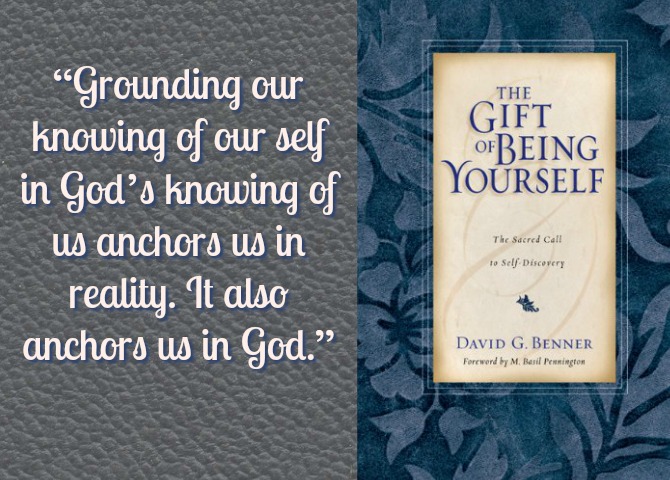
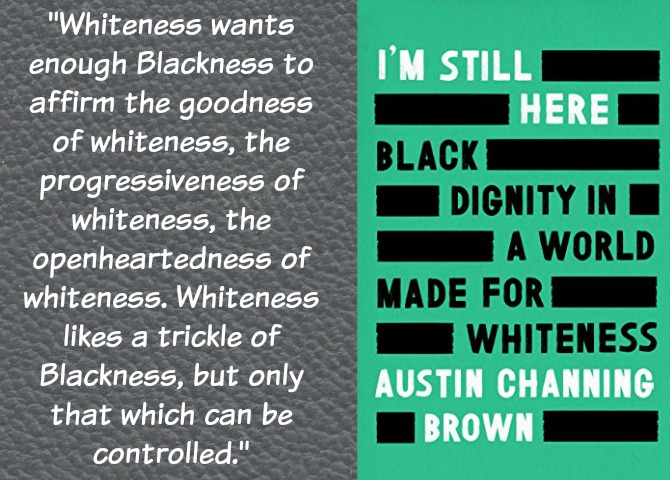
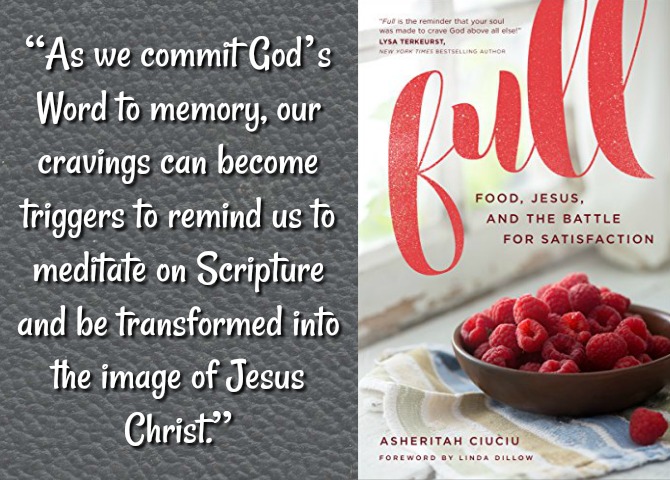


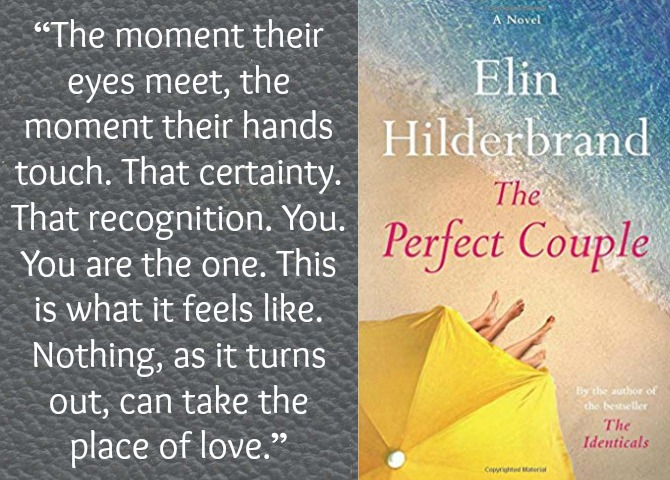

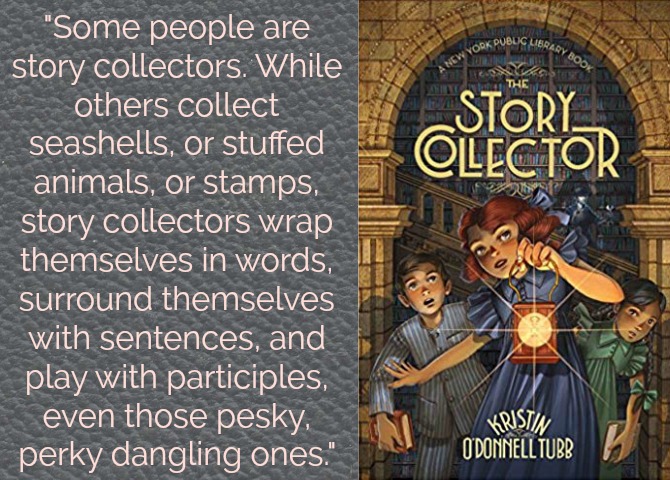
[…] The Sacred Enneagram: Finding Your Unique Path to Spiritual Growth, by Christopher Hueretz ~ After years of studying the Enneagram, I had no idea how much there was still to learn about the model until I read this book. Perfect for those who want to incorporate Enneagram principles into their personal spiritual practices. (Review) […]